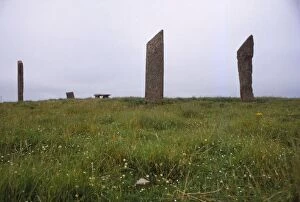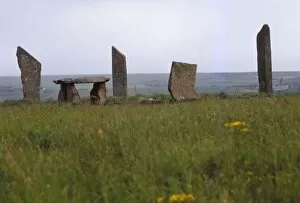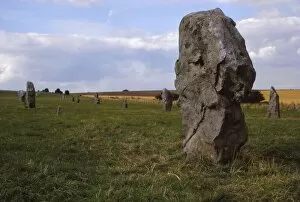Standing Stone Collection (#5)
"Exploring the Mysteries of Standing Stones: A Journey Through Prehistoric Europe" Step back in time and immerse yourself in the enchanting world of standing stones
All Professionally Made to Order for Quick Shipping
"Exploring the Mysteries of Standing Stones: A Journey Through Prehistoric Europe" Step back in time and immerse yourself in the enchanting world of standing stones. From the frost-kissed prehistoric stone circle in Avebury, a UNESCO World Heritage Site nestled in Wiltshire, England, to the captivating Castlerigg Stone Circle bathed in dramatic dawn light against the majestic backdrop of Blencathra in Cumbria's Lake District, these ancient monuments hold countless secrets waiting to be unraveled. Avebury Stone Circle stands as a testament to human ingenuity and spirituality. As you wander through this UNESCO World Heritage Site, you can almost feel the whispers of our ancestors echoing through time. The sheer magnitude and significance of this site leave visitors awestruck as they contemplate its purpose and marvel at its construction. Castlerigg Stone Circle offers an equally mesmerizing experience. Set amidst breathtaking autumn hues, this mystical gathering place transports you to another era. With Blencathra towering above it like a guardian sentinel, one cannot help but wonder about the rituals performed within these sacred stones. But they are not limited to just Avebury or Castlerigg; they can be found scattered across Europe. The Ring of Brodgar stone circle on Orkney Island dates back over 4 millennia – a hauntingly beautiful reminder of our distant past. And let us not forget Men-an-tol's enigmatic standing stones or Dolmen's Neolithic burial chamber that has withstood the test of time for an astonishing 4500 years. As day breaks over Castlerigg Stone Circle in Keswick, Cumbria, nature paints an ethereal canvas with hues reminiscent of dreams, and is here that we witness dawn's gentle embrace illuminating each weathered stone with golden light – a sight that evokes both awe and reverence. Join us on this extraordinary journey through history as we explore these ancient marvels.
















































